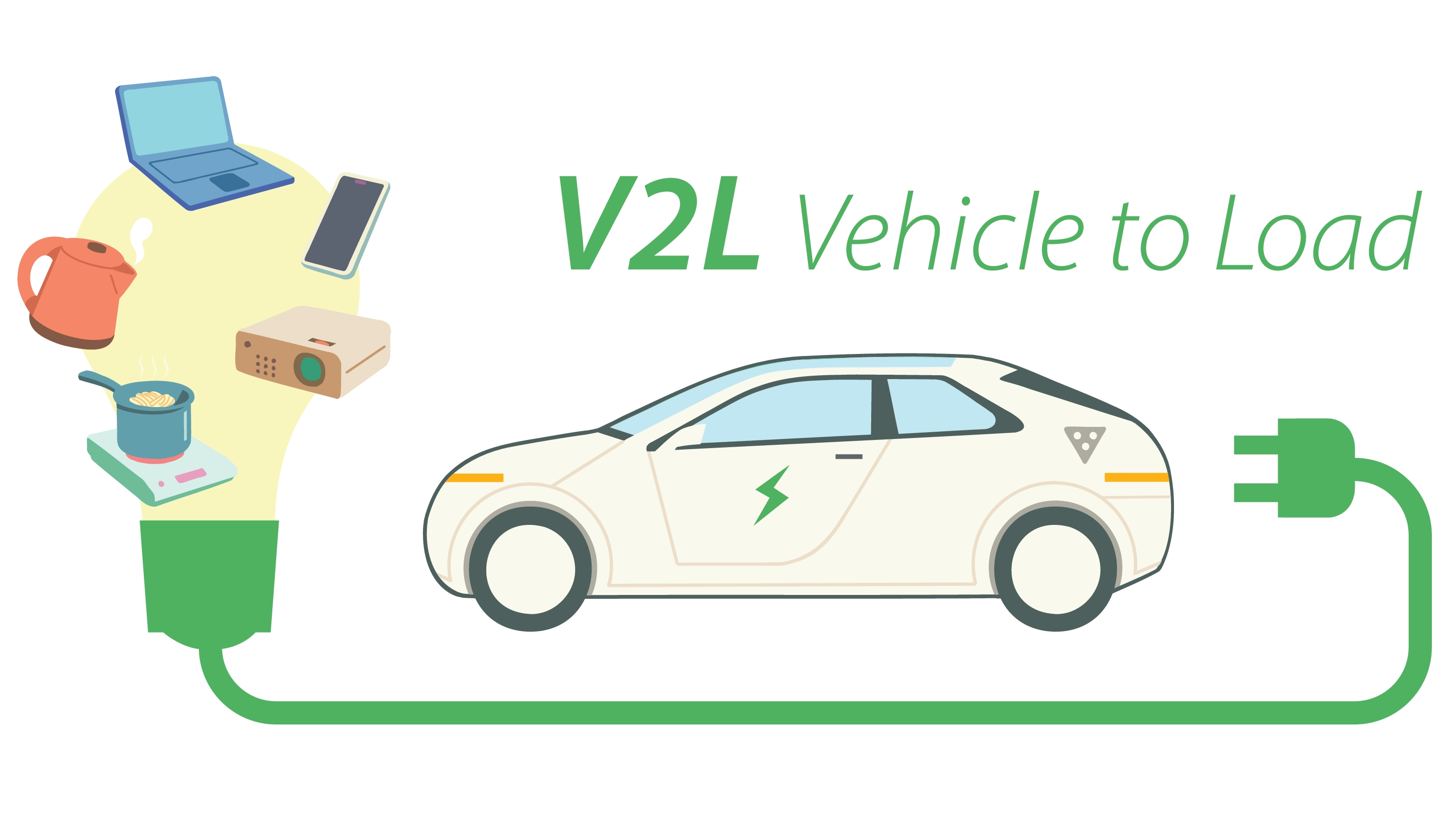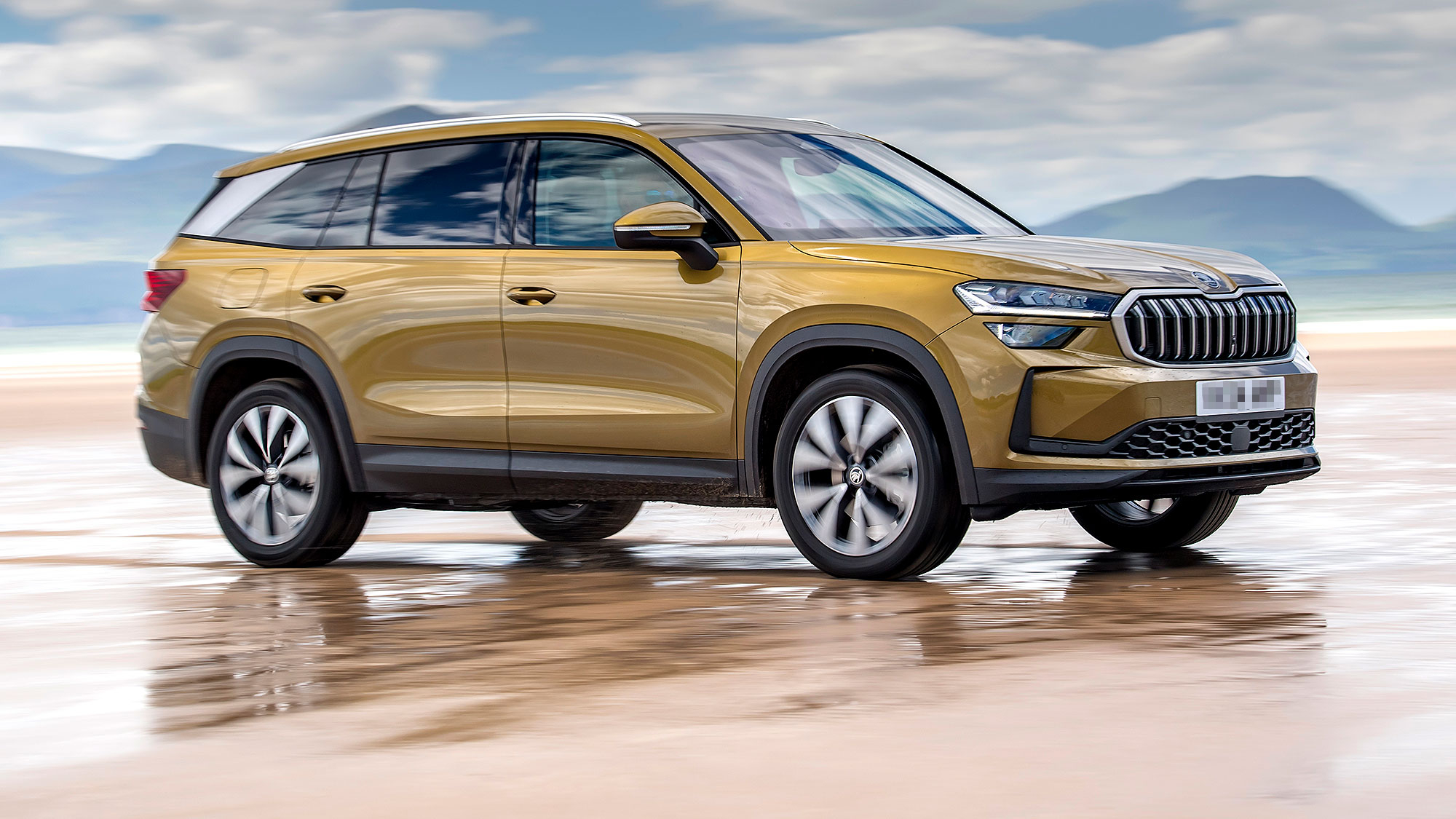Electric vehicles (EVs) are already helping drivers cut running costs and reduce emissions. But did you know that some EVs can also power everyday items, like a kettle, a laptop, or even medical equipment?
It’s all thanks to a feature called Vehicle-to-Load (V2L). And it’s already available on some cars through the Motability Scheme.
In this article, we’ll explain what V2L is, how it works, and why it could be useful, especially if you rely on technology or mobility aids.
Curious how electric cars can give power back to the grid? Take a look at our explainer on Vehicle-to-Grid charging.
What is V2L?
V2L lets you take power from your EV battery and use it to run other devices, much like plugging something into a socket at home. It effectively turns your EV into a portable energy source.
This is different to Vehicle-to-Grid (V2G), which sends power back to the grid, or Vehicle-to-Home (V2H), which powers your whole house. V2L is simpler. You plug things straight into your car, and it powers them directly.
Image credit: Getty Images © yujinsdesign
How does it work?
Some EVs come with a built-in V2L plug. Others have an adapter that connects to the charging port. Once you’re set up, you can plug in a device, and your car supplies the power.
It’s your car’s battery doing the work. The car manages how much energy can safely flow out, so everything runs smoothly.
What can V2L power?
Most EVs with V2L can supply up to 3kW of power. That’s enough for:
- A kettle or coffee machine
- Charging your phone, tablet or laptop
- Running a small heater, fan or light
- Powering a TV
- Charging a powered wheelchair or other mobility aid
It’s not enough to run big appliances like ovens or electric showers for long. But for day-to-day needs, especially if you’re away from home or have extra accessibility requirements, it’s a very helpful backup.
Why it matters
V2L gives you more flexibility in how you use your car:
- At home: It can keep key items running during a power cut
- On the go: You could power camping gear, or charge devices on a day out
- For accessibility: It could help make sure mobility aids stay charged, even while travelling
Knowing your car can do more than drive gives extra peace of mind, and one more reason EVs are worth considering.
Do I need special equipment?
V2L is usually built into the car itself, or available through an adapter from the manufacturer. Unlike other vehicle-to-grid systems, you do not need a special charger or tariff at home.
That means there’s no installation cost. If your EV has V2L, it should be ready to use straight away.
What’s the catch?
There’s just one important thing to bear in mind: V2L uses your car’s battery. So if you’re powering things for a while, especially high-energy items, your range will go down. That means:
- Plan ahead, especially if you’re going on a long journey
- Make sure you’ve got enough charge left to get where you need to go
- Consider topping up your charge before using V2L for a longer period
Could it help lower your electricity bills?
Possibly. If you use V2L to power things during peak times, when electricity is more expensive, it could be cheaper than plugging in at home. This will depend on your energy costs and when you choose to charge your car.
When will it be available on the Motability Scheme?
Some EVs with V2L are already available on the Scheme, including models from Hyundai, Kia and BYD. As more car manufacturers add this feature, it’s likely to become more widely available.
When you’re looking at EVs on the Scheme, it’s worth checking the car’s features with your dealer and asking about V2L.
What’s next?
This is just the start. As electric cars evolve, so will the ways they can support you, at home, on the move, and in everyday life.
Whether it’s helping during a power cut, keeping a wheelchair charged, or just making life a bit easier when you’re out and about, V2L could be a really useful feature for many people.
Learn more about how EVs work
We know switching to an EV can feel new. We’ll help you decide if one is right for you.
Sign up for our helpful EV email series.
![]()






